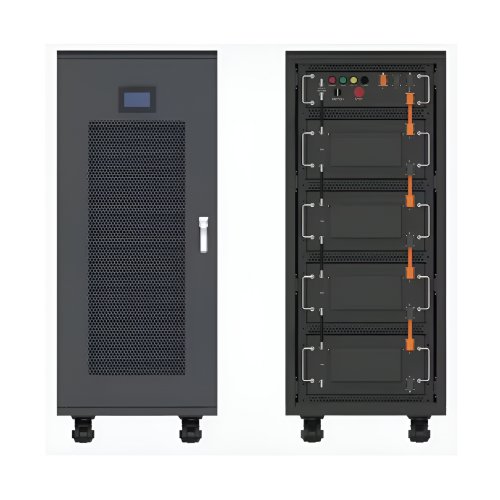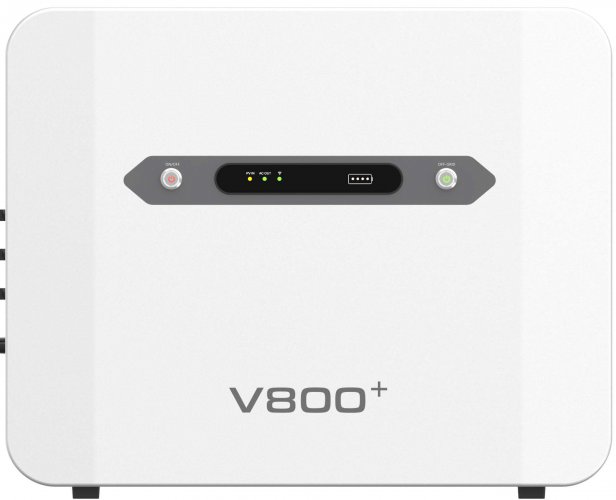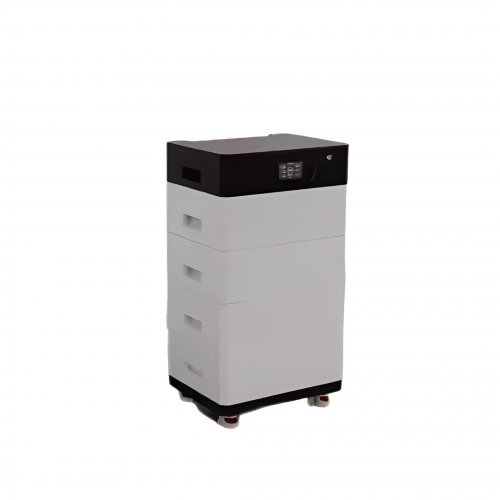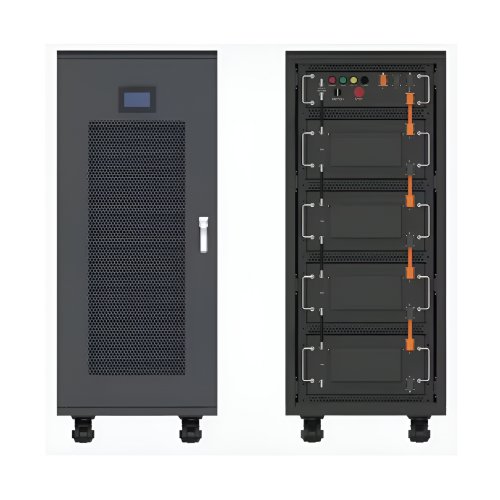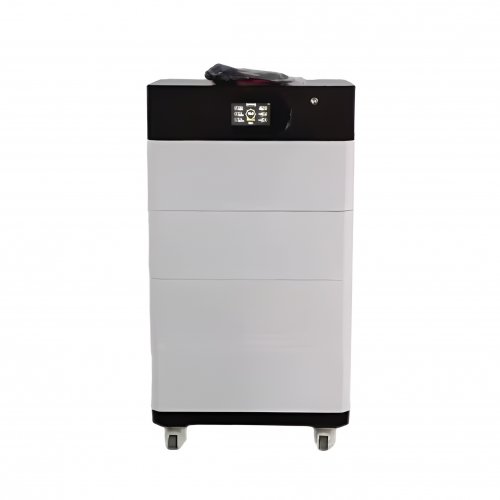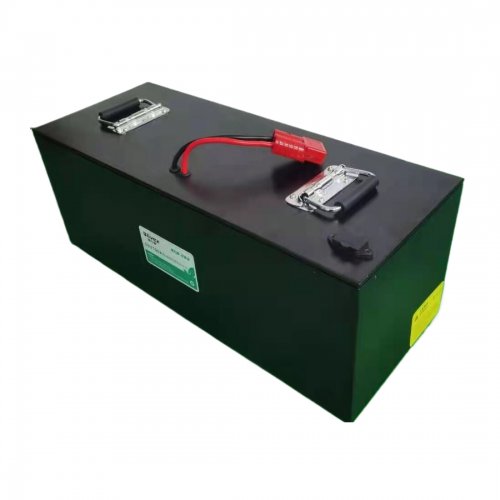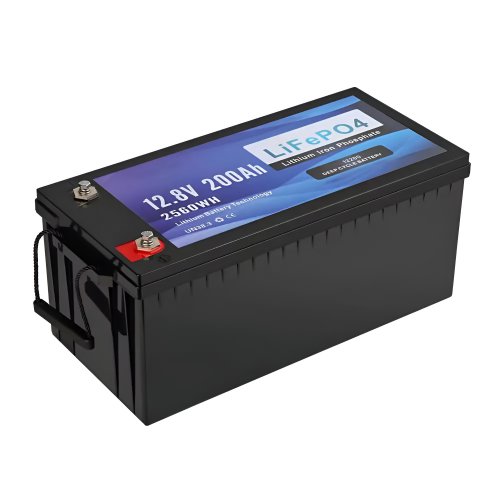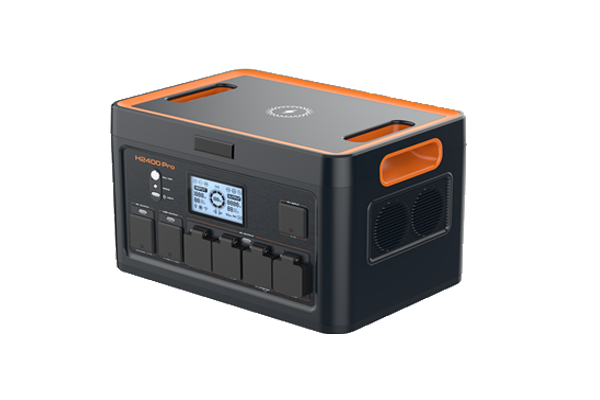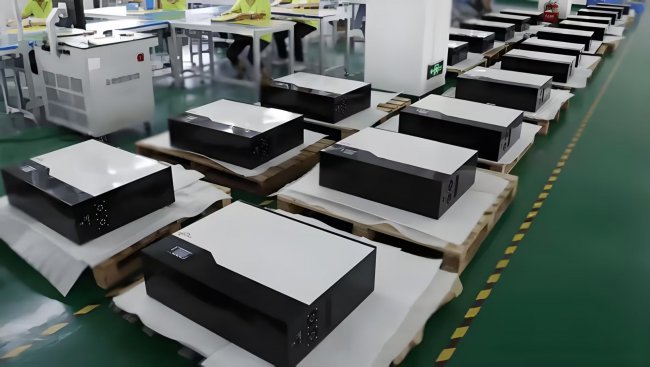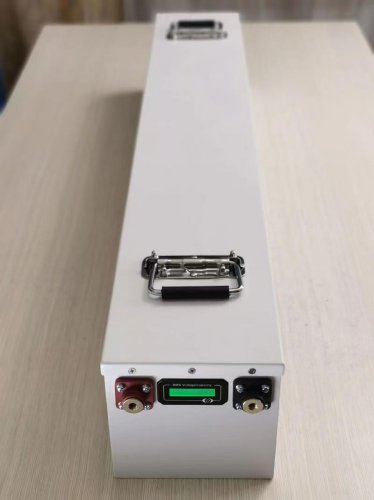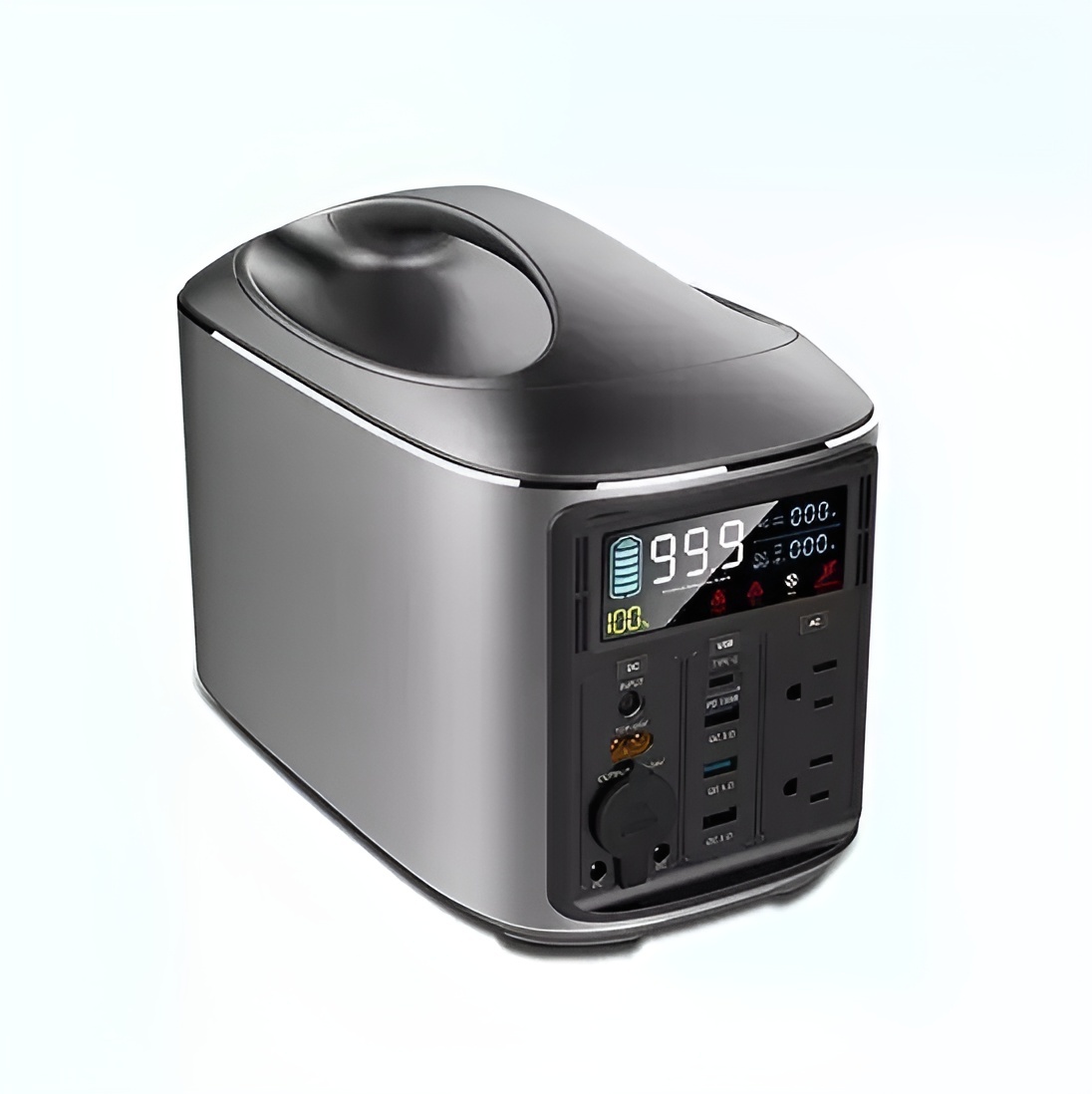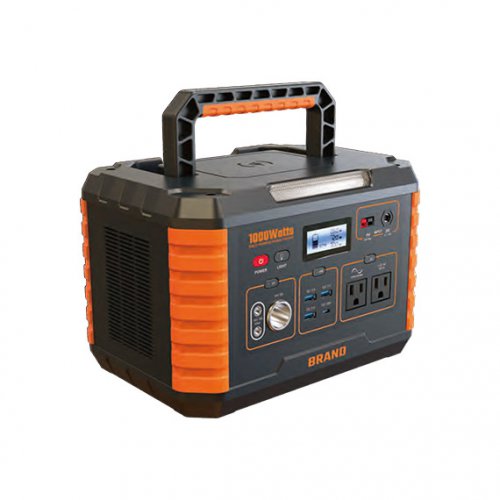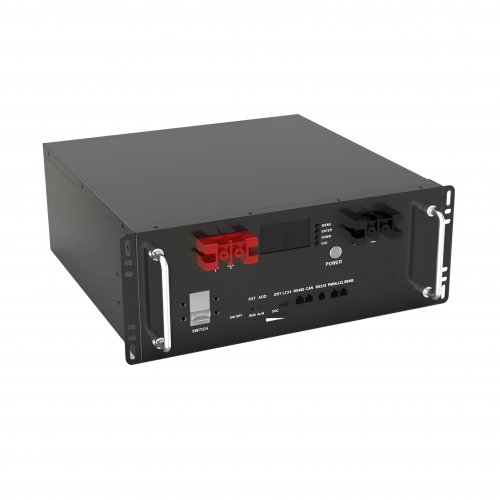How To Use Equalization Charge: A Comprehensive Guide To Restoring Battery Health
The term "equalization charge" often surfaces in discussions about lead-acid battery maintenance, yet it remains one of the most misunderstood and misapplied procedures. An equalization charge is a controlled overcharge applied to a flooded or wet lead-acid battery after it has been fully charged. Its primary purpose is not to charge the battery for daily use, but to combat the natural effects of stratification and sulfation, thereby balancing the voltage of all the cells and restoring the battery's capacity and longevity. This guide will walk you through the why, when, and how of performing a proper equalization charge.
Understanding the "Why": The Science Behind Equalization
Over time, with regular charge-discharge cycles, two key issues plague lead-acid batteries:
1. Stratification: The electrolyte (a mixture of water and sulfuric acid) separates. The heavier acid sinks to the bottom, and the lighter water rises to the top. This creates a strength gradient, where the bottom of the plates corrode faster, and the top of the plates receive an insufficient charge. 2. Sulfation: When a battery is left in a partially or fully discharged state, soft lead sulfate crystals form on the battery plates. If not promptly recharged, these crystals harden into a stable, large-crystal structure that cannot be easily converted back into active material. This permanent sulfation reduces the battery's capacity and ultimate lifespan.
An equalization charge addresses both problems. By applying a higher voltage for a set period, it intentionally "gasses" the battery. This vigorous bubbling action agitates the electrolyte, mixing the acid and water to eliminate stratification. Furthermore, the elevated voltage helps break down the hardened lead sulfate crystals, effectively de-sulfating the plates and returning active material to the system.
Step-by-Step Guide to Performing an Equalization Charge
Important Pre-Check: This procedure is intended for flooded lead-acid batteries only. Do NOT attempt to equalize sealed batteries (AGM or Gel), as they cannot tolerate the resulting gas pressure and will be permanently damaged.
Step 1: Safety First Safety is paramount. You are dealing with high electrical currents and explosive gases.Ventilation: Perform the task in a very well-ventilated area, preferably outdoors. The process produces hydrogen and oxygen gas, which is highly explosive.Protective Gear: Wear safety glasses and acid-resistant gloves.Tools: Have a distilled water supply and a hydrometer ready.No Flames/Sparks: Ensure there are no open flames, sparks, or smoking in the vicinity.
Step 2: Initial Inspection and PreparationVisual Check: Inspect the battery for any physical damage, cracks, or leaks. Do not proceed if any are found.Clean Terminals: Ensure the battery terminals are clean and free of corrosion to ensure a good connection.Check Fluid Levels: Remove the vent caps and check the electrolyte level in each cell. If the plates are exposed, add just enough distilled water to cover them. Do not fill to the maximum level at this stage, as the equalization process will cause the fluid to expand and bubble. You will add more water after the process is complete.
Step 3: Perform a Full Normal Charge Begin by charging the battery completely using a standard charging cycle. Use a smart charger that automatically switches to a float/maintenance mode. This ensures the battery is at a 100% State of Charge (SoC) before you begin the equalization.
Step 4: Initiate the Equalization ChargeSet the Charger: If your charger has a dedicated "Equalization" mode, select it. If you are using a manual charger, you will need to adjust the voltage yourself.Voltage Setting: The typical equalization voltage for a 12-volt flooded lead-acid battery is between 15.5 and 16.2 volts. Consult your battery manufacturer's datasheet for the exact specification.Current Limit: The charger should be current-limited to between 5% and 10% of the battery's C/20 Ah rating (e.g., for a 100Ah battery, the current should be 5-10 amps).Start the Process: Connect the charger and start the cycle.
Step 5: Monitor the Process Closely This is not a "set it and forget it" operation.Time: A typical equalization charge can last from 1 to 8 hours.Temperature: Monitor the battery temperature. If it feels hot to the touch (exceeding 125°F or 52°C), stop the process immediately and allow the battery to cool.Specific Gravity (SG): The most accurate way to determine completion is by measuring the specific gravity of each cell with a hydrometer every hour. The process is complete when the SG readings no longer increase over three consecutive hourly readings and are within a 0.015 (or 15-point) range of each other. For example, if all cells are reading between 1.275 and 1.290, the battery is well-equalized.Voltage: The charging current will drop as the battery reaches a full state of charge. When the current stabilizes at a very low value for over an hour, the equalization can be considered complete.
Step 6: Finalizing the ProcedureOnce complete, turn off and disconnect the charger.Allow the battery to rest for at least 30 minutes to let the gassing subside.Check the electrolyte levels again and carefully top up each cell with distilled water to the recommended level (usually just below the fill well).Replace the vent caps securely.
Practical Tips and Critical WarningsFrequency is Key: Do not over-equalize. For batteries in cyclic use (like solar or golf carts), perform an equalization charge every 30-60 days. For batteries in float service (like UPS backups), once or twice a year is sufficient. Always refer to the manufacturer's guidelines.Know Your Battery Type: NEVER equalize Valve-Regulated Lead-Acid (VRLA) batteries, including AGM and Gel types. They are designed to recombine gases and an equalization charge will cause internal damage, drying out the electrolyte and creating a fire hazard.Invest in a Smart Charger: A high-quality charger with an automatic equalization mode simplifies the process immensely and reduces the risk of human error.When to Avoid It: Do not attempt to equalize a battery that is old, damaged, or has a known internal short. It will not help and is dangerous.Post-Equalization Performance: After a successful equalization, you should notice a restoration of runtime and a more consistent voltage under load, indicating a healthier battery.
By understanding and correctly applying the equalization charge, you move from being a mere user of a battery to a true custodian of its health. This simple yet powerful maintenance ritual can add years to the life of your lead-acid batteries, ensuring they deliver reliable power when you need it most.
Customized/OEM/ODM Service
HomSolar Supports Lifepo4 battery pack customization/OEM/ODM service, welcome to contact us and tell us your needs.


HomSolar: Your One-stop LiFePO4 Battery Pack & ESS Solution Manufacturer
Our line of LiFePO4 (LFP) batteries offer a solution to demanding applications that require a lighter weight, longer life, and higher capacity battery. Features include advanced battery management systems (BMS), Bluetooth® communication and active intelligent monitoring.

Customised Lithium Iron Phosphate Battery Casing
ABS plastic housing, aluminium housing, stainless steel housing and iron housing are available, and can also be designed and customised according to your needs.

HomSolar Smart BMS
Intelligent Battery Management System for HomSolar Energy Storage System. Bluetooth, temperature sensor, LCD display, CAN interface, UART interface also available.


Terminals & Plugs Can Be Customized
A wide range of terminals and plugs can be customised to suit the application needs of your battery products.

Well-designed Solutions for Energy Storage Systems
We will design the perfect energy storage system solution according to your needs, so that you can easily solve the specific industry applications of battery products.



About Our Battery Cells
Our energy storage system products use brand new grade A LiFePO4 cells with a battery lifespan of more than 4,000 charge/discharge cycles.



Applications in Different Industries
We supply customized & OEM battery pack, assemble cells with wiring, fuse and plastic cover, all the cell wires connected to PCB plug or built BMS.
Applications: E-bike, Electric Scooter, Golf Carts, RV, Electric Wheelchair, Electric Tools, Robot Cleaner, Robot Sweeper, Solar Energy Storage System, Emergency Light, Solar Power Light, Medical Equipment, UPS Backup Power Supply.
We can provide you with customized services. We have the ability to provide a vertical supply chain, from single cells to pack/module and to a complete power solution with BMS, etc.


HomSolar (Shenzhen) Technology Co., Ltd







